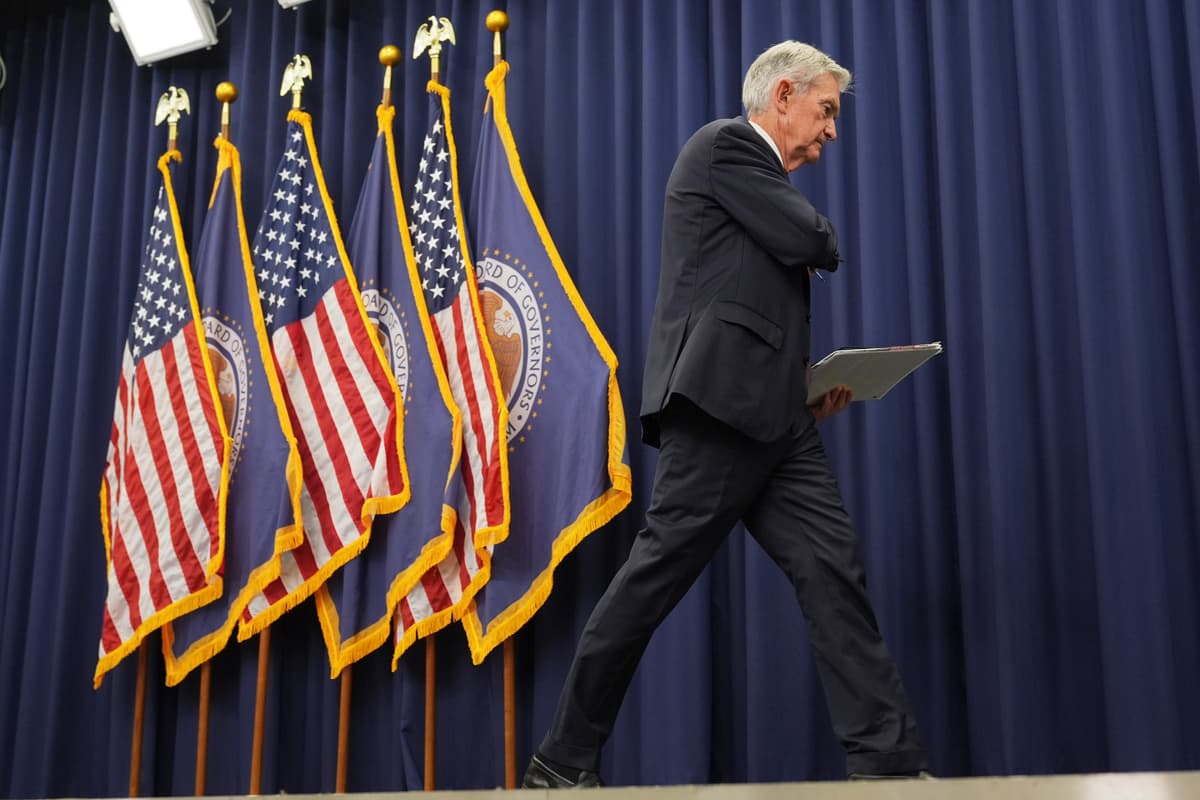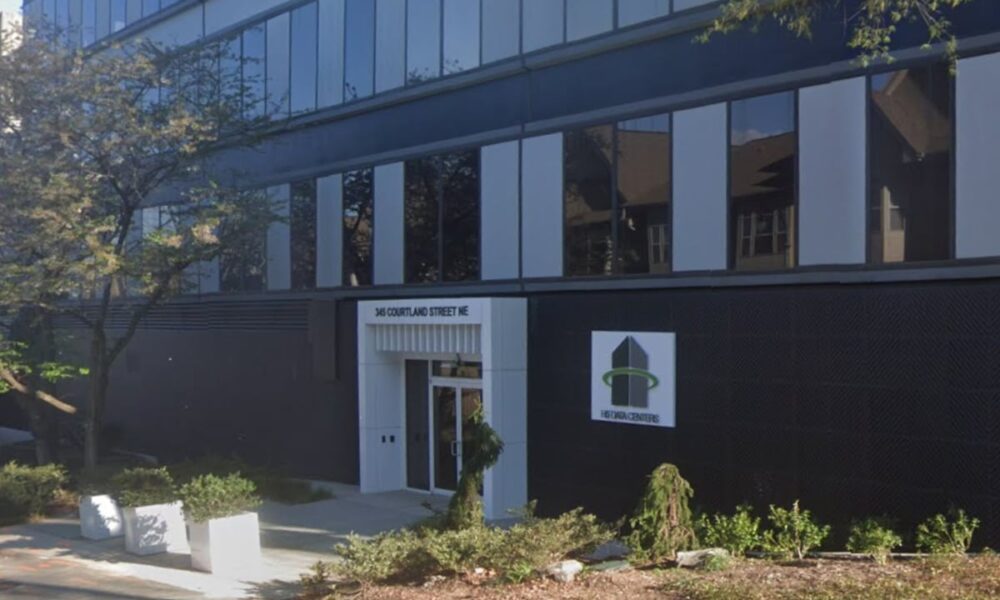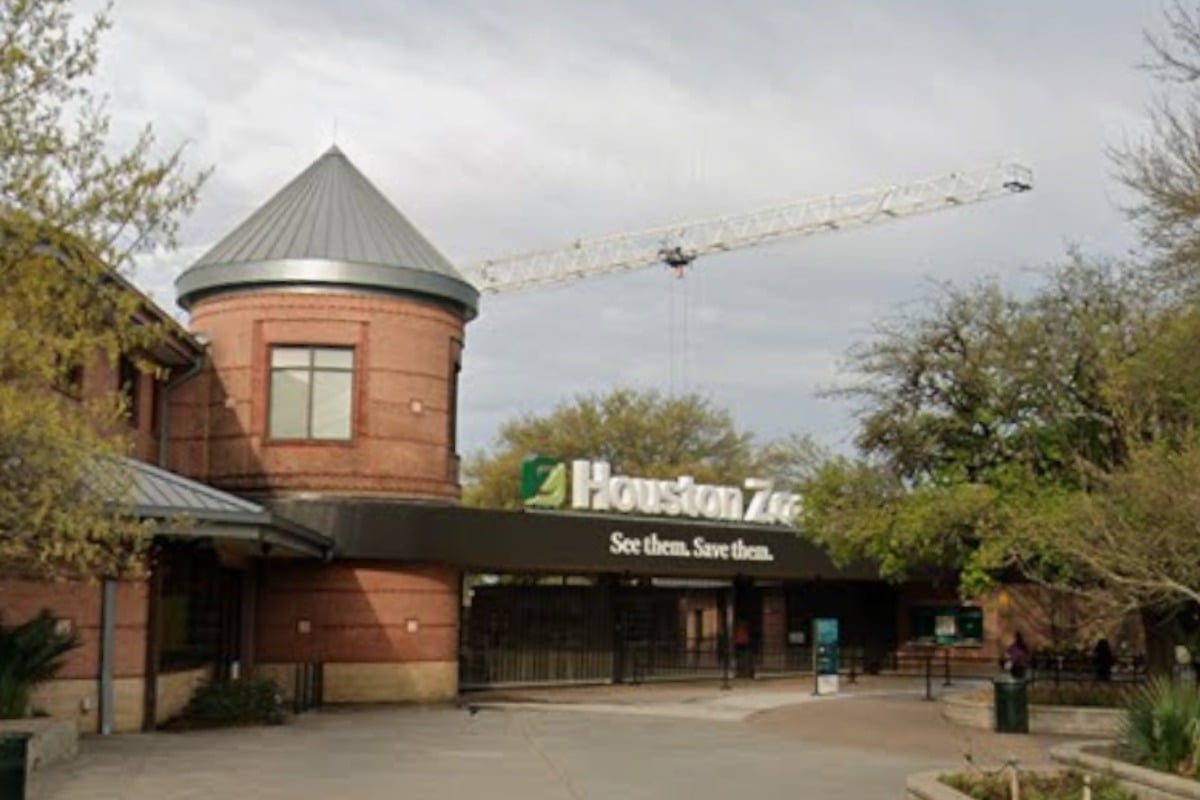URGENT UPDATE: The Federal Reserve is grappling with an unprecedented divide among its officials regarding monetary policy, casting doubt on the previously anticipated rate cut in December. Just last week’s Federal Open Market Committee meeting resulted in a 10 to 2 vote to lower borrowing costs by 0.25%, but officials are now publicly clashing over the rationale behind this decision.
In a striking divergence, newly appointed Fed Governor Stephen Miran advocated for a more substantial 0.50% reduction, while Kansas City Fed President Jeffrey Schmid opposed any cut at all. Fed Chairman Jerome Powell acknowledged this unusual schism, stating in a press conference that a December rate cut is “not a foregone conclusion. Far from it.”
As of now, markets are pricing in just a 65% chance of a rate cut next month, a significant drop from over 90% prior to Powell’s remarks. This uncertainty is intensified by the ongoing government shutdown, which has halted the release of crucial economic data, making it harder for the Fed to gauge the health of the economy.
The debate centers on how the Fed should navigate the risks associated with a weakening labor market while grappling with persistently high inflation. Miran has emerged as the most dovish voice among officials, advocating for further rate cuts to bolster the labor market. He expressed concerns about restrictive policies, stating, “I think policy is too restrictive and that we’re too far above where neutral rates would be.”
During an interview with Yahoo Finance, Miran highlighted the recent private payroll data showing that American companies added 42,000 jobs in October, which surpassed economists’ expectations and marked a reversal from September’s decline. He labeled this report “a welcome surprise,” while still arguing that lower rates are justified due to moderating wages and softening labor demand.
Conversely, a growing faction within the Fed is adopting a more hawkish stance. Officials like Lorie Logan of the Dallas Fed and Beth Hammack of the Cleveland Fed have expressed discomfort with further easing while inflation remains elevated. Chicago Fed President Austan Goolsbee, who supported last week’s cut, voiced concerns about inflation, stating he is going into the December meeting “undecided.”
Governor Lisa Cook struck a balanced tone in her remarks at the Brookings Institution, suggesting that the Fed’s dual mandate of maximum employment and stable prices is currently “in tension.” She warned that keeping rates too high could lead to a significant deterioration in the labor market, but also cautioned that excessive rate cuts could destabilize inflation expectations.
Cook emphasized that the December meeting remains “live” for potential cuts, but she did not commit to a specific action. She countered Powell’s assertion that the “fog” of the government shutdown would necessitate slower decision-making, noting that Fed staffers utilize various data sources to assess the economy in real-time.
San Francisco Fed President Mary Daly echoed this sentiment, referring to last week’s rate cut as “insurance” against potential labor market weaknesses, while also keeping an open mind about the upcoming decision. “It would be an unfortunate outcome if we get inflation to 2% at the cost of millions of jobs,” Daly said, underscoring the need to balance competing risks as inflation continues to linger above target levels.
The fallout from this internal divide could have significant implications for U.S. economic policy. As Fed officials publicly stake their positions ahead of the December meeting, market participants and consumers alike are left to contemplate the potential outcomes of this unprecedented situation.
Stay tuned for more updates as this story develops.







